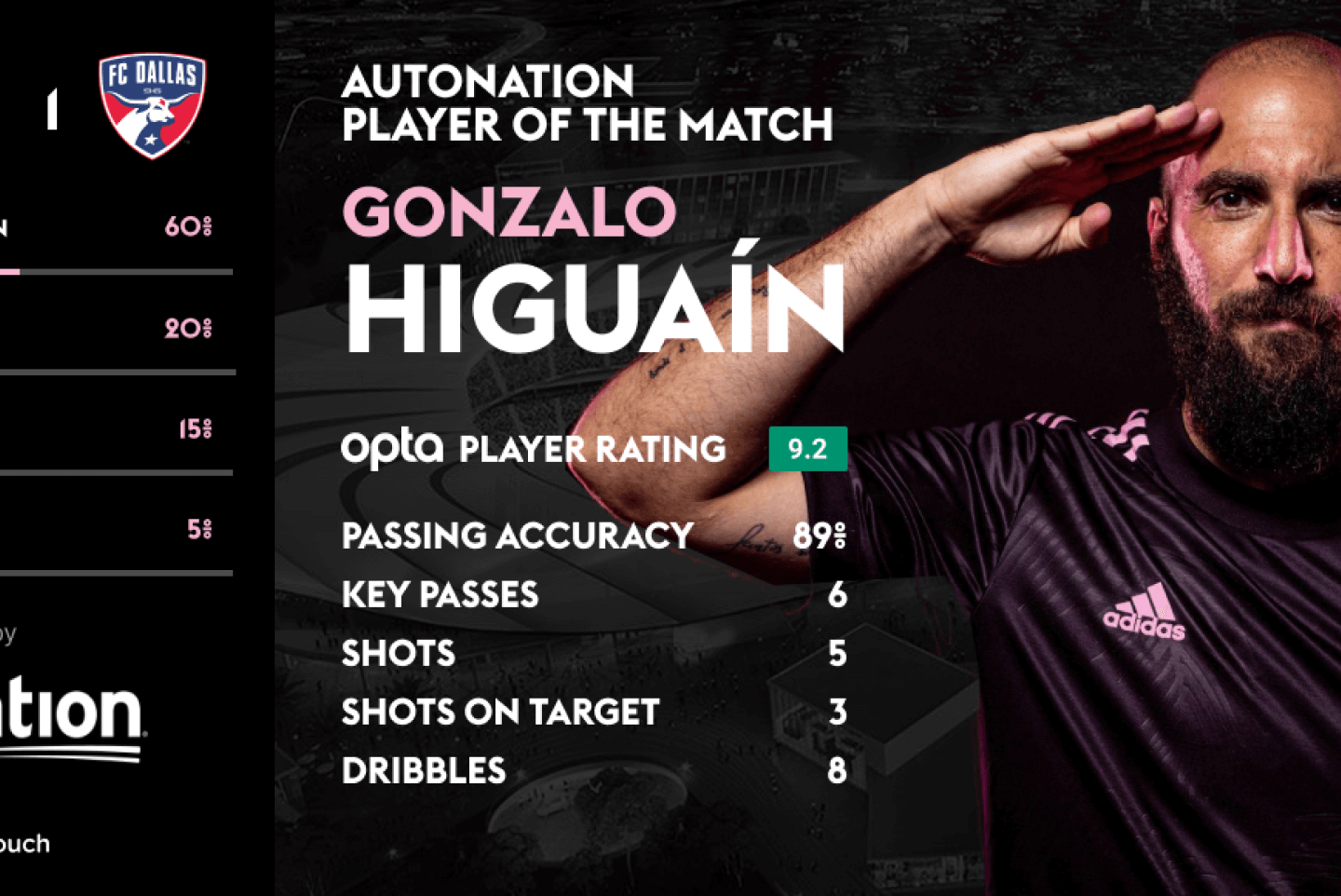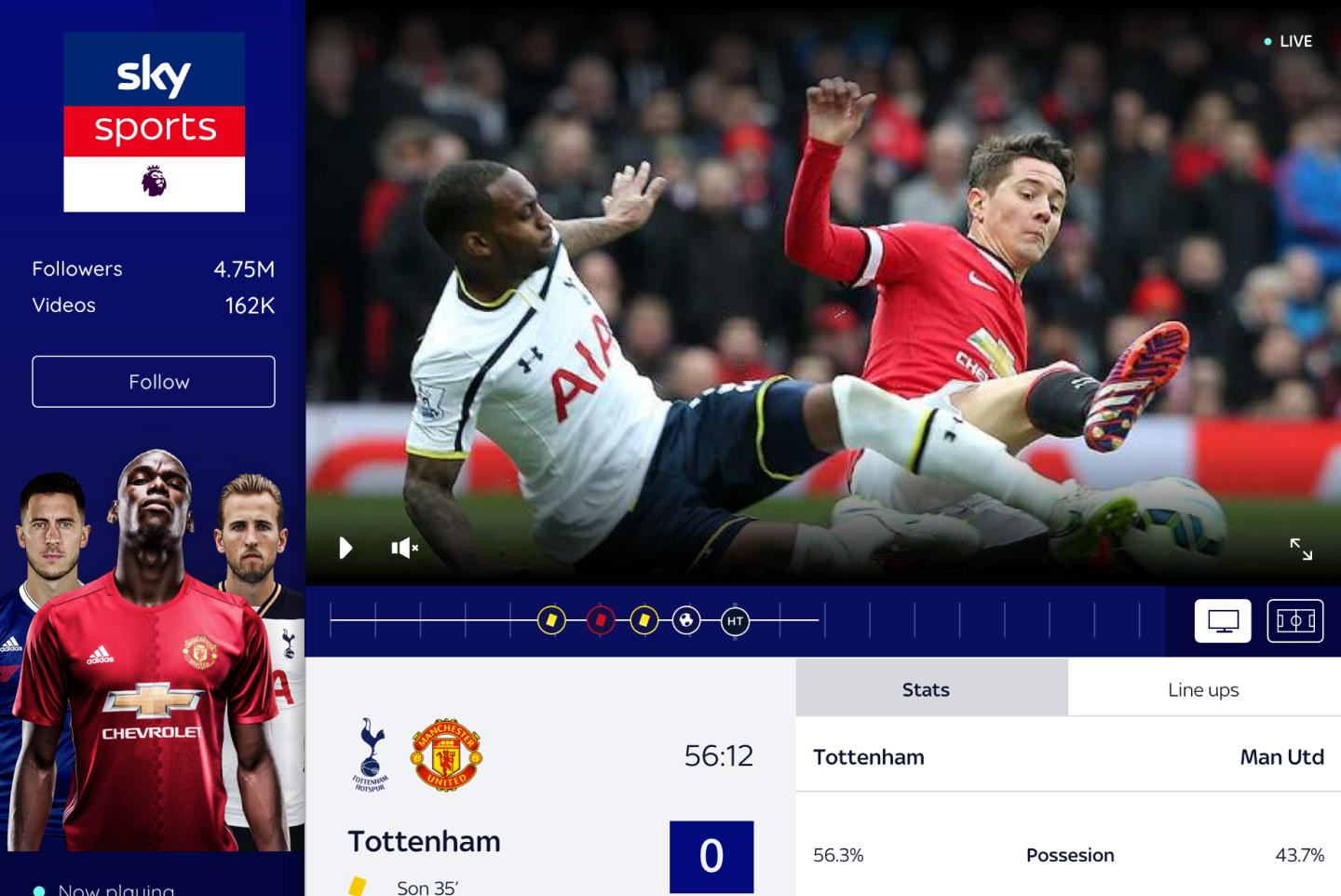The integration of technology into sports has revolutionised the industry, offering athletes of all abilities access to tools that can enhance their performance and improve their experience. However, with the growth of sports tech, it has also become apparent that there is a need for accessible sports tech to address the inequalities and barriers that still exist in sports. Accessible sports tech refers to technology that is designed to be usable by as many people as possible, regardless of their abilities or disabilities, including individuals with physical, sensory, or cognitive impairments, the elderly, children, and those from underrepresented groups. The goal of accessible sports tech is to create an inclusive and welcoming sports environment for all, allowing everyone to participate and enjoy sports to their fullest potential.
The Importance of Accessible Sports Tech
Accessible sports tech refers to technology that is designed to be usable by as many people as possible, regardless of their abilities or disabilities. This includes individuals with physical, sensory, or cognitive impairments, as well as the elderly, children, and those from underrepresented groups. The purpose of accessible sports tech is to create a sports environment that is inclusive and welcoming to all, allowing everyone to participate and enjoy sports, regardless of their abilities.
Breaking Down Barriers
One of the most significant benefits of accessible sports tech is that it helps to break down barriers that have traditionally excluded certain individuals from participating in sports. For example, individuals with physical disabilities may have difficulty using traditional sports equipment or participating in certain sports, but with the help of accessible tech, they can now enjoy these activities with ease.
For instance, the development of specialised sports equipment, such as prosthetics for runners or adaptive bicycles, has opened up new opportunities for athletes with physical disabilities to compete and excel in their chosen sports. These products not only provide greater accessibility but also help to challenge the conventional perception of what is possible and what constitutes a “typical” athlete.
Developing New Skills and Abilities
Accessible sports tech also provides opportunities for individuals to develop new skills and abilities, pushing the boundaries of what is possible in sports. For example, athletes with visual impairments can now use specialised devices that allow them to run or cycle at high speeds, while others can use adaptive sports equipment to help them overcome physical challenges.
For instance, devices such as the eSight headset, which enhances visual clarity for individuals with visual impairments, has allowed individuals to participate in sports such as basketball, tennis, and even rock climbing, that were previously inaccessible to them. This type of technology not only opens up new possibilities for athletes with disabilities, but also helps to raise awareness of the capabilities and potential of individuals with disabilities in sports.
Designing for Inclusion and Diversity
Designing for inclusion and diversity is a critical aspect of creating accessible sports tech. This involves taking into account the needs and abilities of all users, including those with disabilities, and creating products that are accessible and usable by everyone.
Consideration of Physical Design
When designing accessible sports tech, it is essential to consider the physical design of the product. This includes factors such as size, shape, and weight, as well as the ergonomics and ease of use of the product. For individuals with physical disabilities, it may be necessary to create products with larger buttons, for instance, or to use alternative input methods, such as voice control, to make the product usable.
Consideration of User Interfaces
The user interface of a product is also critical in determining its accessibility and inclusivity. For individuals with visual impairments, for example, it may be necessary to include text-to-speech capabilities or to increase the size and contrast of text and graphics to make the product usable. Similarly, for individuals with cognitive impairments, it may be necessary to simplify the user interface and minimize the amount of information presented on a single screen.
Consideration of Cultural and Linguistic Diversity
Designing for inclusion and diversity also requires consideration of cultural and linguistic diversity. This means taking into account the different languages and cultures of users from around the world and designing products that are accessible and usable for everyone, regardless of their language or culture. This includes providing language options, translating product documentation, and ensuring that the product is culturally appropriate for all users.
Empowering Underrepresented Groups
Accessible sports tech has the potential to empower underrepresented groups, such as women and girls, by removing barriers to participation in sports. For example, the development of wearable tech, such as smartwatches and fitness trackers, has made it easier for women and girls to track their progress, set goals, and monitor their health and fitness levels. By providing greater accessibility and inclusivity, these products have helped to encourage more women and girls to participate in sports and to reach their full potential.
Conclusion
In conclusion, the development of accessible sports tech is critical in creating an inclusive and welcoming sports environment for all. By breaking down barriers and empowering underrepresented groups, accessible sports tech has the potential to revolutionize the world of sports, making it more accessible, enjoyable, and empowering for everyone, regardless of their abilities or disabilities. By designing for inclusion and diversity, sports tech can help to create a more inclusive and equitable society, where everyone has the opportunity to participate and succeed in sports.







